One of the challenges of studying demonology is that different religions and cultures have different views and definitions of what constitutes a demon or an evil entity. Sometimes, these views may clash or contradict with each other, leading to misunderstandings or disagreements. In this article, we will explore how different religions and cultures have represented evil through various entities, including demons, and how these representations have changed over time.
What is a Demon?
A demon is a supernatural being that is usually associated with evil, harm, or mischief. However, the concept of a demon is not universal or fixed, but rather varies depending on the religious or cultural context. Different religions and cultures may have different names, characteristics, functions, and origins for their demons. For example, in Christianity, demons are depicted as fallen angels who rebelled against God and serve Satan. In Islam, demons are called jinn, who are created from smokeless fire and have free will. In Buddhism, demons are called mara, who are tempters that try to distract humans from achieving enlightenment.
Some religions and cultures may not have a clear distinction between demons and other supernatural beings, such as gods, spirits, or ancestors. For example, in Hinduism, there are many types of beings that can be classified as either gods or demons depending on their actions and attributes. Some of these beings are called asuras, who are powerful but often antagonistic to the gods. Some asuras are also worshipped as aspects of Shiva, the supreme god of destruction and transformation.
How Have Different Religions and Cultures Represented Evil Through Various Entities?
Different religions and cultures have represented evil through various entities in different ways. Some of these representations are based on myths, legends, scriptures, folklore, art, literature, or popular culture. Some of these representations may reflect the beliefs, values, fears, or hopes of the people who created them. Some of these representations may also influence or be influenced by other religions and cultures.
One of the sources that I use often on this website is the Dictionnaire Infernal by Collin de Plancy. This is a 19th-century French book that contains 69 illustrations and descriptions of demons. It is a historical and literary source that shows how some Westerners imagined or portrayed some entities as demonic. However, it is not a religious or authoritative source that claims that these entities are actually evil or exist. It is a collection of stories and images that reveal the author’s and his sources’ fascination and curiosity.
In this article, I will compare the Dictionnaire Infernal with the Puranas, a collection of Hindu scriptures that tell the stories of various gods, goddesses, and demons. These sources show how some Hindus worship some entities as manifestations of Shiva or other gods. By comparing the two sources, we can see how different people can have very different perspectives on the same entities.
Here are some examples of how different religions and cultures have represented evil through various entities:
Kali
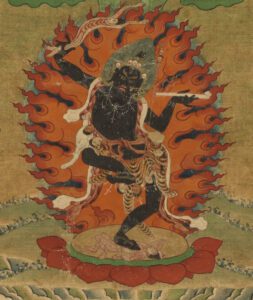
Kali is a Hindu goddess who is often depicted as a dark-skinned woman with four arms, holding a sword, a severed head, a bowl of blood, and a lotus. She wears a garland of skulls and a skirt of severed arms. She stands on the corpse of her husband Shiva.
In the Dictionnaire Infernal, Kali is described as a demon who presides over the plague and death. She is said to be worshipped by the Thugs, a group of assassins who strangled their victims in her name.
However, in Hinduism, Kali is not a demon but a goddess who represents the destructive and transformative power of Shiva. She is also seen as a mother figure who protects her devotees from evil forces. She is associated with time (kala), change (kali), death (kalika), and blackness (kala). She symbolizes the end of cycles and the beginning of new ones.
Bhairav
Bhairav is another Hindu deity who is often depicted as a fierce man with three eyes, four arms, holding a trident, a drum, a skull cup, and a noose. He wears a tiger skin and rides on a dog.
In the Dictionnaire Infernal, Bhairav is described as a demon who presides over war and terror. He is said to be worshipped by the Bhairavas, a sect of fanatics who sacrificed humans and animals to him.
However, in Hinduism, Bhairav is not a demon but an aspect of Shiva who represents his wrathful and terrifying side. He is also seen as a guardian figure who protects his devotees from enemies and dangers. He is associated with fear (bhaya), terror (bhairava), destruction (bhairavi), and annihilation (bhairabha). He symbolizes the dissolution of ignorance and the attainment of wisdom.
Conclusion
By comparing the depictions of Kali and Bhairav in the Dictionnaire Infernal and the Puranas, we can see that these entities are not represented in the same way by different religions and cultures. The Dictionnaire Infernal portrays them as evil and terrifying demons, while the Puranas depict them as powerful and benevolent aspects of Shiva. These representations are not objective or absolute, but rather depend on the beliefs, values, and traditions of the people who created or encountered them.

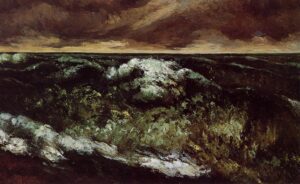
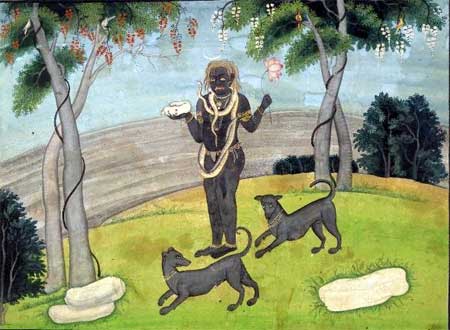
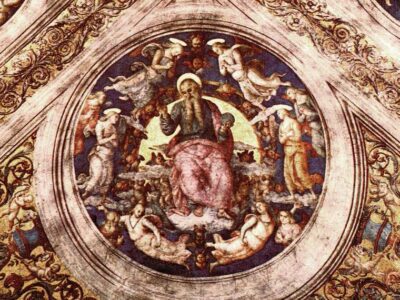
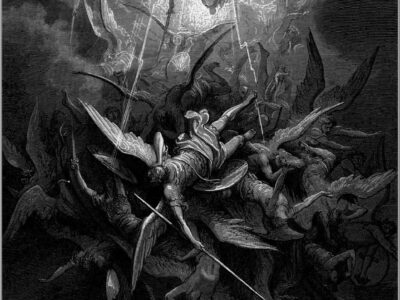
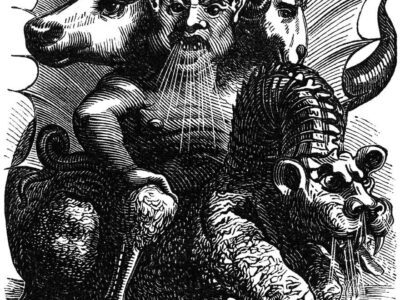
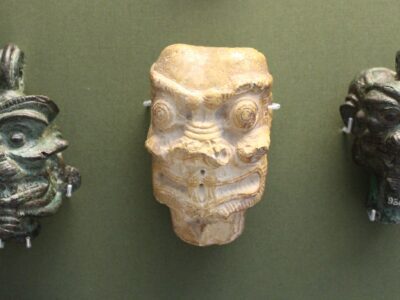
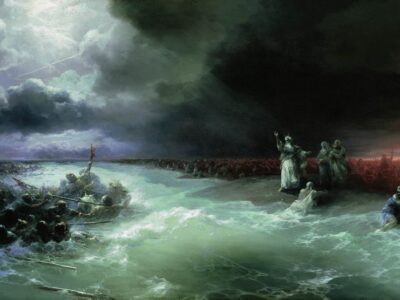
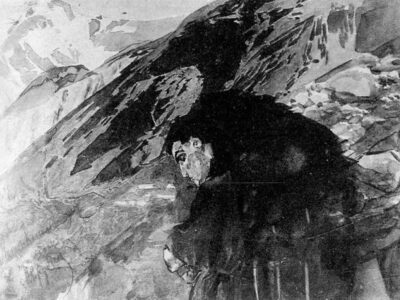
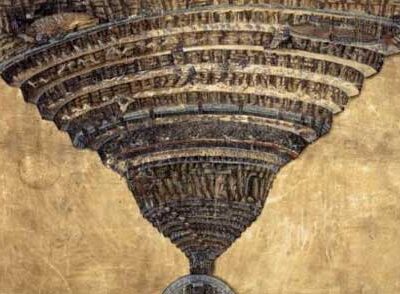
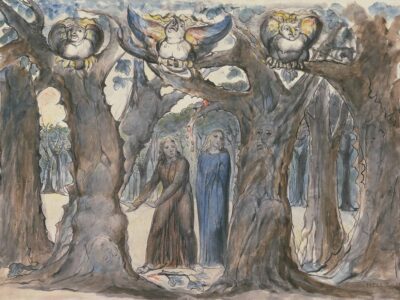
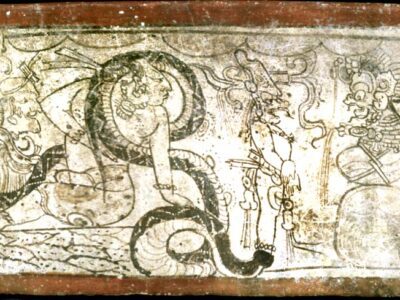
 Dead Sea Scrolls & Qumran FAQ
Dead Sea Scrolls & Qumran FAQ